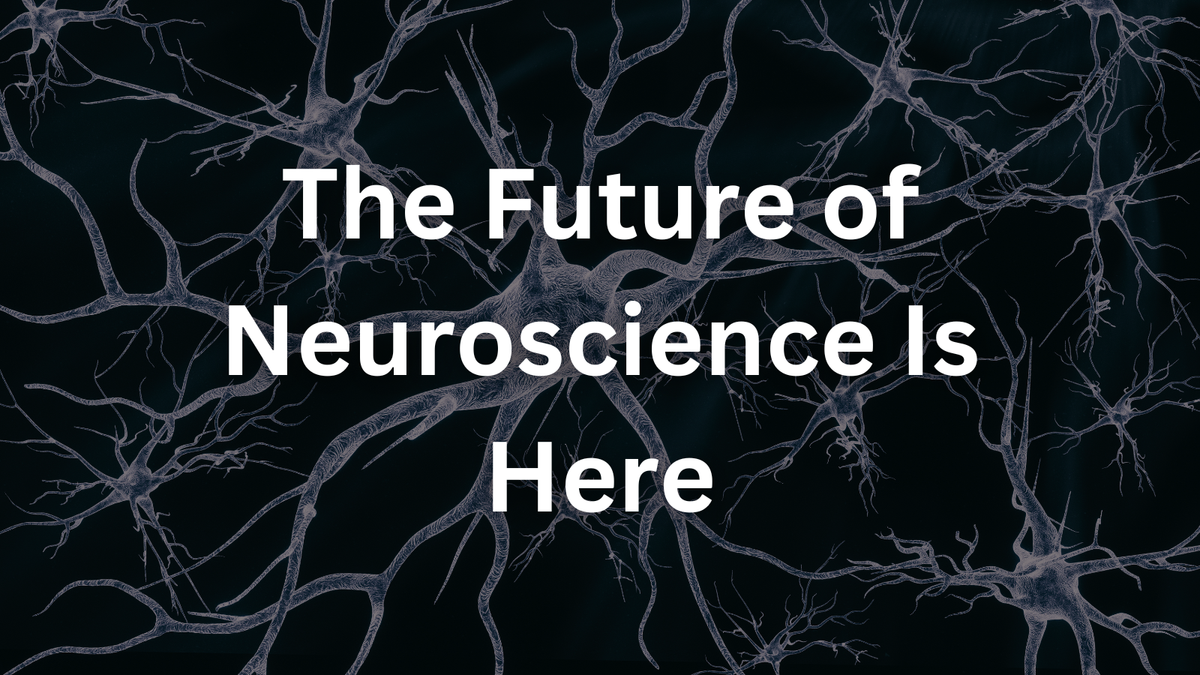Meet the Mouse Brain’s Digital Twin: The Future of Neuroscience Is Here

Imagine being able to run thousands of brain experiments without ever touching a living brain. No scalpels, no labs full of mice — just code, data, and a powerful AI model. Welcome to the future of neuroscience, where scientists are building digital twins of the brain that could change how we study the mind forever.
In a groundbreaking study recently published in Nature, researchers from Stanford Medicine, along with collaborators from Baylor College of Medicine and beyond, unveiled a highly accurate digital twin of the mouse visual cortex — the part of the brain that processes what the eyes see. And it's not just a cool tech trick. This model could radically speed up brain research, reduce animal testing, and bring us closer to understanding how intelligence really works.
🧠 What Is a Brain Digital Twin?
Think of it like a flight simulator — but for the brain. A digital twin is a data-driven virtual version of a real system. In this case, it’s a model of the mouse brain that responds to visual stimuli just like a real brain would.
To build it, researchers trained an AI model on 900 minutes of brain activity recorded from mice watching action-packed movies (yes, even Mad Max made the cut). The result? A model so lifelike, it could predict how tens of thousands of individual neurons would respond to brand-new images or video clips.
🐭 Why Mice Watching Movies Matters
No, mice aren’t critiquing cinematography. But their brains light up in fascinating ways when they watch moving images — especially fast-paced ones with lots of motion, which stimulate the visual cortex.
By monitoring this activity in real-time, researchers created a massive dataset of how the mouse brain reacts to visual input. The AI then learned those patterns and used them to accurately simulate the same neural responses in a virtual version of the mouse.
This is more than a model — it’s a digital stand-in for a living brain.
🔍 Beyond the Training Data: A Smarter Kind of AI
What makes this model especially powerful is its ability to generalize — to make predictions on images and videos it’s never seen before. This goes far beyond earlier models, which could only mimic responses to familiar stimuli.
That makes it what scientists call a foundation model — a flexible AI that can apply what it learns to new tasks, much like ChatGPT does with language. In this case, the model doesn’t just simulate known brain responses; it infers new ones, even estimating neuron types and their spatial positions.

💡 Why This Changes Everything
1. Run Millions of Experiments — Instantly
Instead of testing one hypothesis at a time in a lab, scientists can now run millions of virtual experiments on a digital twin. What used to take years can now take hours.
2. Reduce Animal Testing
While real mouse data is still needed to build the model, future research could rely more heavily on simulations — potentially reducing the need for animal testing.
3. Understand the Brain’s “Friendship Rules”
In a related study, researchers used the digital twin to uncover how neurons form connections. It turns out neurons “prefer” connecting to others that respond to the same visual stimulus — like forming friendships based on shared interests, not location. That’s a new insight into how the brain organizes itself.
4. A Path Toward Human Brain Twins
While we’re not there yet, researchers believe this approach could one day be used to model parts of the human brain, helping us understand complex disorders and maybe even personalize treatments.
🧬 The Tip of the Iceberg
“This is just the beginning,” said Andreas Tolias, the Stanford Medicine professor who led the study. “Eventually, I believe it will be possible to build digital twins of at least parts of the human brain.”
And the implications are staggering. Imagine simulating how a person with Alzheimer's processes memories, or how a child with autism interprets faces — not in theory, but in real-time, through a digital brain that mirrors their own.

🔮 Final Thought: Science Enters the Simulation Era
For centuries, scientists studied the brain by observing and dissecting. Now, we’re entering a new era — the simulation era. With digital twins, we can explore the brain from the inside out, running experiments that would be impossible in the real world.
It’s not just about mice or movies. It’s about unlocking the secrets of intelligence, perception, and consciousness — and doing it faster, safer, and more ethically than ever before.
💬 What Do You Think?
- Should we trust digital simulations of the brain?
- How far should we go with AI in neuroscience?
- Could brain twins lead to breakthroughs in mental health or AI?
Let us know on X (Former Twitter)
Sources: Stanford Medicine News Center. Digital Twin Technology: Revolutionizing Personalized Medicine, April 2025. https://med.stanford.edu/news/all-news/2025/04/digital-twin.html










